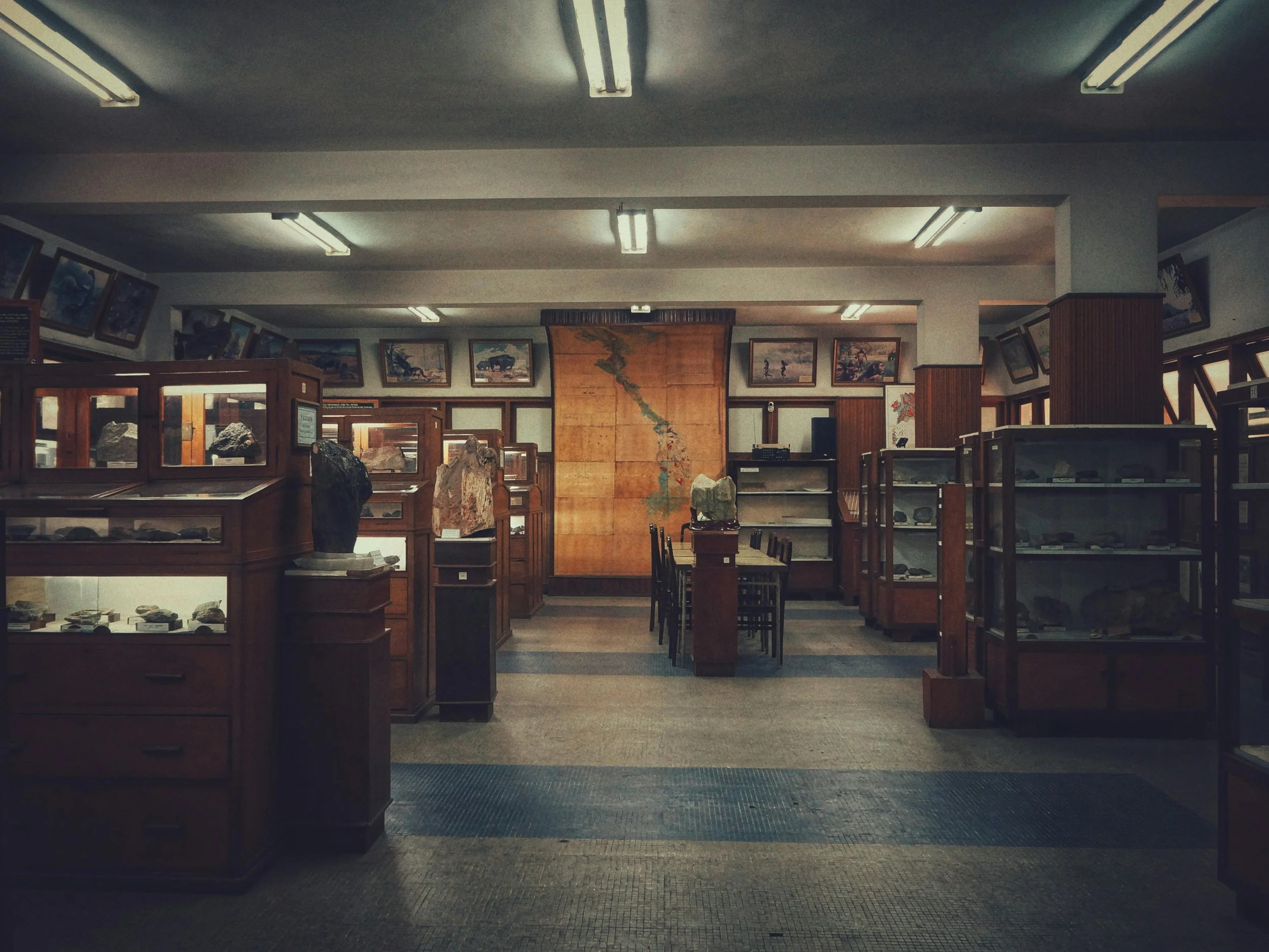Prior to archival digitization, archivists should be aware of areas of concern, and remember that different international laws apply to these problematic categories.
For example, archivists must proceed with caution regarding sensitive content regarding cultural property, anthropological images, or materials related to Native Americans. Additionally, with materials that involve people photographed against their will or in exploitative situations, archivists should be sensitive to the context of how the materials were collected and consider how they will present such content.
Publicity, Privacy, and Restrictions
The right of publicity is associated with public figures. Publicity rights address commercial gain in one’s name, likeness, voice, persona, or other commercial aspects of personality. Laws vary internationally and state by state in the United States. A further complication is that this right may continue in some regions after death, but in others, it ends at the subject’s death.
The right to privacy relates to private citizens, though exceptions exist. Privacy rights are noncommercial and protect people from intrusion into their private affairs and the public disclosure of private information. If the materials are intrusive, the likelihood of obtaining permission from the subject is slim. The right to privacy ends at death. Organizations will have different stances regarding the potential for controversy created by distributing images others could perceive as violating privacy.
Records may have donor restrictions, including limitations stipulated by the donating individual or organization on access to or use of materials. For example, the restrictions may require that portions of a collection be closed for some time or that a credit line is used if the collection’s materials are used.
Obscenity and pornography are complex areas of law where one must tread carefully. Images including nudity, especially involving children, are problematic.
Archivists should perform digital manipulation on a copy of the unprocessed file. The original file is the standard to which the final image should be compared. Archivists should document deliberate deviations, such as cropping. Institutions may wish to establish a code of ethics for creating, manipulating, and distributing files. A policy will help authenticate image files and establish the institution as a credible source of historical materials.
Copyright Issues
Copyright provides a limited monopoly permitting authors to profit from their creative efforts and, eventually, for the public to use works such that usage will inspire new creations benefiting society. Therefore, when creative work is not subject to copyright protection, it is referred to as being in the public domain.
Fair use is a legal concept unique to the United States that provides a defense against copyright infringement. It allows users to copy an otherwise protected work without permission from the copyright owner. Some countries have a similar concept called fair dealing, but it is usually more restrictive. Fair use deals with certain kinds of copying that, under specific circumstances, were deemed excusable for public policy reasons. Fair use is only available for limited purposes such as criticism, comment, reporting, teaching, scholarship, and research.
Rights management has significant implications for digitization initiatives. Most institutions select records for digitization in which they own the copyright, or the records have transitioned into the public domain. Institutions may wish to investigate unknown copyrights depending on the available resources. If permissions are unforthcoming, the materials cannot be reproduced, and the project’s focus should change. If there are limited means for investigation, archivists should concentrate on items whose rights are owned by the organization.
Once digital images are available online, organizations should protect their rights. The ubiquity of the Internet exacerbates copyright and legal issues. The potential for unauthorized use of materials online means that access cannot be managed as carefully as in traditional settings, where access restrictions allow archives to present sensitive materials with commentary, background materials, and guidance.
Access, when not universal, must be managed through passwords, fees, or other means. Institutions can offer various viewing, downloading, and printing capabilities to users. A simple method for protection includes copyright statements and usage guidelines. For example, users agree to abide by the rules on a website before viewing digital files. Access could also be limited to registered users or users logging on from the institutions’ domain name or IP address. Additionally, institutions may add captions or watermarks, or encrypt the images.
Legal Matters
Institutions should make enterprise-wide decisions on copyright and protections. Archivists should have access to up-to-date information and keep documentation about legal matters relating to their collections. The presentation of material on the Internet is inherently international, so archivists should be aware of the larger context of global access. It is worthwhile, especially with a digitization project, to have legal advice concerning copyright, as the law varies internationally.
The blog was originally published on Lucidea's blog.
Get Started
Looking for archival advising, records management, and historical research services? Click below to speak with an expert consultant.






























